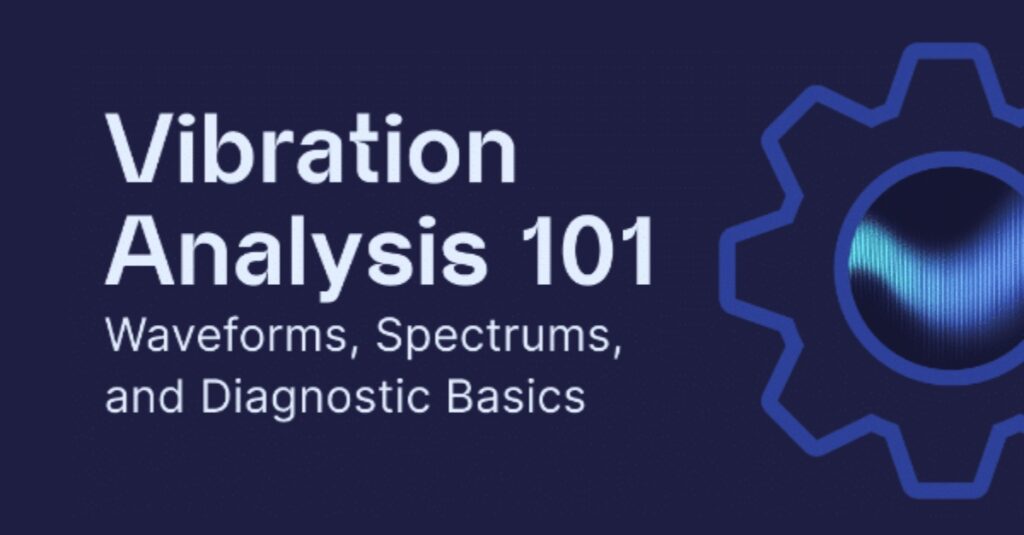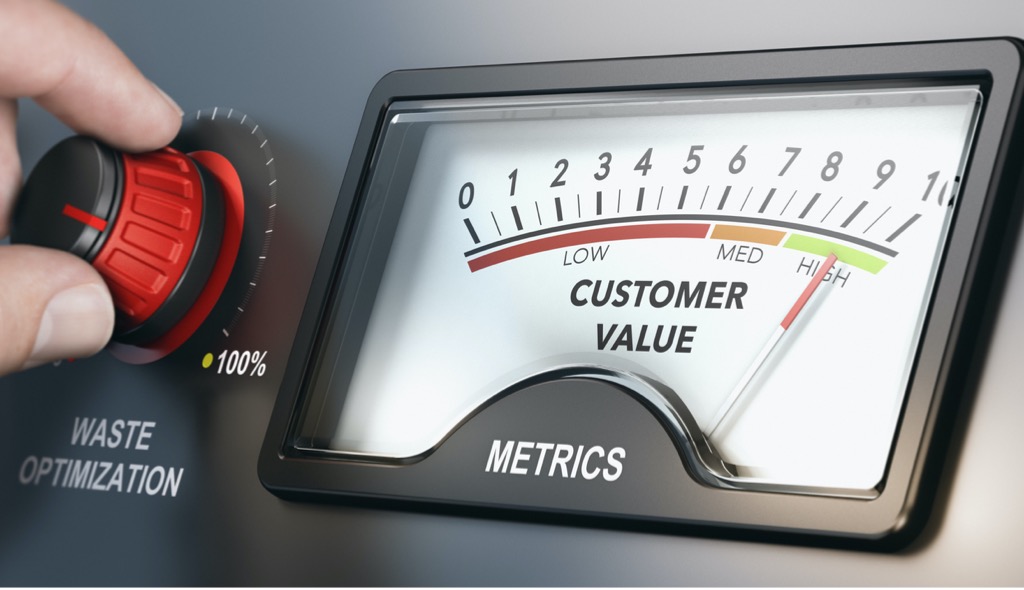— Read Time: 9 Minutes 11 Seconds —
Manufacturing has arrived at a moment of historic change. Whether it’s called the Fourth Industrial Revolution, Industry 4.0, or some other era-defining moniker, the sweep of these changes will push factories to new heights of efficiency, productivity, and consistency at a lower cost and with fewer human resources. Those who position themselves in front of this evolution stand to benefit in countless ways.
Computerization was the last technology to transform manufacturing. Internet-connected technologies are driving the emerging era — and they’re arguably having the biggest impact of any technology since the rise of industrialization. Hyperbolic as that may sound, something as simple as IoT sensors attached to industrial equipment can turn the factory of today into the factory of the future sooner than many thought possible. How? By harvesting the single most important resource to tomorrow’s manufacturers: machine health data.
Manufacturers with abundant amounts of machine health data about temperature, vibration, speed, and other KPIs at their disposal have the resources to optimize operations across the board. Getting the parts working in sync has always been the goal of manufacturing, of course, but with machine health monitoring tools, the impact extends broader and deeper.
Factories that run on machine health data are poised to become smart businesses because they have visibility into individual factories and multiple points along the supply chain. By monitoring machine health, manufacturing leaders can make informed decisions about what a factory can and can’t do in terms of production and apply that same reasoning to the production process as a whole. Put simply, instead of guessing at what’s possible, machine health data makes it explicit.
Armed with this understanding, manufacturers can make confident decisions when facing obstacles or opportunities. If, for example, one production line is forced to shut down, managers can use machine health data to identify another line (or a different factory) where the equipment has the capacity to pick up the slack. Rather than an extended period of downtime and a dip in output, things proceed as normal.
Machine health monitoring tools and the data they generate lay the groundwork for the smart factory of the future by answering questions that were previously unknowable. In the process, they empower manufacturers to forecast problems in advance, address issues preemptively, and optimize equipment (the engine of output) in the face of anything. And that’s just the beginning.
Factories of the Future Will Be Resilient
The COVID-19 pandemic revealed that many factories and supply chains are more vulnerable to disruption than anyone realized. In addition to making factories smarter, machine health monitoring makes them more resilient to setbacks of all kinds. When the unexpected arrives — a severe storm, supply chain failure, or global pandemic, for example — resilient factories have the means to seamlessly continue operations while adapting at will.
How does machine health data make that possible? By revealing where and how production can shift in response to spikes in demand or drops in production capacity, for one thing. Smart businesses are inherently resilient. Just as significantly, data can also minimize the biggest X factor in any unpredictable scenario: the human element.
When the pandemic forced factories to limit the number of staff on-site, it became difficult to keep up with responsive equipment repairs and preventive approaches to maintenance. Both require high contact with the machines themselves, meaning both suffered without adequate staff. In some factories, this was simply annoying; in others, it led directly to expensive equipment failures or reduced production capacity — neither of which is acceptable in an uncertain economy.
A machine health monitoring system reduces the heavy reliance on on-site technicians by, first, enabling prescriptive maintenance — where IoT sensors provide advanced warning if equipment shows signs of an impending breakdown. Then, it takes it a step further with prescriptive insights to tell technicians exactly what to fix and how. This both eliminates the need for unnecessary scheduled maintenance and streamlines the diagnostic process. This way, when technicians arrive, they can act immediately with the knowledge of what’s wrong and precisely what to do about it. By making the most of technician’s time, machine health monitoring lets factories do the same or more with less — operation resilience defined.
Every manufacturer will strive to become more resilient in the wake of COVID-19. Some will attempt to insulate themselves from a repeat of recent events by stockpiling redundant resources on-site, whether material or human. A less expensive and more efficient approach utilizes machine health data to become dynamic as a form of resilience. Rather than relying on an existing plan B, this approach customizes a new plan for the situation at hand based on what the machine health data says the equipment can and can’t do, both inside one facility and across a production network. It’s the only logical way to plan for the unexpected. More practically, it’s less expensive and more effective than the alternatives.
The factory of the future will be stable, consistent, and predictable in ways that manufacturers have never been able to count on before. In that context, resilience is about more than disaster preparedness and business continuity; it’s also a value proposition manufacturers can market to customers eager for dependable partners. But first, they must make resilience a reality.
Unlocking Unprecedented Capabilities With Prescriptive Maintenance
The technology already exists to turn a manufacturer into a smart business with powerful operation resilience. It’s only a matter of putting the right pieces in place and adapting the processes accordingly. After that, optimization happens quite organically.
Machine health data collected through internet-connected sensors is the lifeblood of the whole effort because it reveals the inner-workings of machinery like never before. Historically, assessing the condition of machinery was so challenging that most maintenance teams didn’t even bother — they scheduled maintenance as a preventive or reactive measure. But now, with the aid of a machine health monitoring system, manufacturers can track equipment performance in real time and send in technicians before minor problems lead to expensive breakdowns and lengthy periods of downtime.
Maintenance has always been a competitive differentiator in manufacturing, which will remain true as maintenance begins to look forward rather than backward. Industry leaders are already practicing predictive maintenance by watching when key performance metrics start to fall and then acting immediately. Predictive maintenance capabilities are currently the gold standard, but they will soon be just the standard because the cost and complexity of the underlying technology puts smarter maintenance in everyone’s reach. For manufacturers wanting to evolve into the factory of the future, learning to turn machine health data into predictive insights is a crucial step — but not the only step.
Exciting as the advent of predictive maintenance may be, it’s no longer the pinnacle of the practice. The most ambitious manufacturers in the industry are blazing a trail for the rest to follow in the form of prescriptive maintenance.
As mentioned earlier, prescriptive maintenance uses machine health data to predict when equipment will break down, analyze how, and deliver insights to fix it. Essentially, it’s a form of automated diagnostics combined with a sophisticated notification system that dispatches technicians only when and where they’re necessary while also informing them what tools and parts they will need to bring to complete repairs.
Previously, it could take hours or days of downtime to work through a comprehensive diagnostic process — and even that might not reveal the full extent of the problem. In the era of prescriptive maintenance, though, diagnostics happens automatically, so technicians can spend all their time actively solving problems.
The appeal of prescriptive maintenance is fairly obvious, particularly to manufacturers who see the waste involved with reactive and preventive maintenance. It’s also not hard to see why manufacturers must embrace this approach to remain relevant and profitable in a competitive economic landscape.
On the path to becoming smart, resilient businesses, maintenance is the first thing manufacturers must address. At this point, predictive maintenance is a must, and prescriptive maintenance should be on the horizon. Fortunately, they’re so interconnected that graduating from one to the other isn’t difficult, and neither is implementing both at the same time.
As long as a manufacturer has a way to collect and analyze machine health data, it has the means to practice prescriptive maintenance at a high level. Consequently, it also has the means to lower maintenance costs, reduce downtime issues, and reap the rewards of optimized equipment. It’s a sea change and a vast improvement, yet it only takes one addition: the right machine health monitoring system.
Enabling the Virtual Shift to Harness Resources and Scale Impact
One of the most striking features about the factory of the future is how similar it looks to the factory of the present. It doesn’t operate in a new kind of building, run on drastically different equipment, or take a team of specialized staff. For the most part, tomorrow’s factories utilize all the same resources they do currently, except everything works better thanks to a foundation of machine health data.
We’ve seen how this data gives manufacturers capabilities they’ve always wanted but never had: integrated operations, operation resilience, and predictive foresight. Also important to highlight is how machine health data ushers in a virtual shift in manufacturing.
Traditionally, manufacturing has been a very hands-on, site-specific process. The capability of a factory was measured by the resources it had on hand. But once connected sensors can start broadcasting machine health data to anywhere, there’s far less need to be on-site to monitor equipment performance. Technicians can do this virtually, which has unexpected implications.
For instance, the virtual shift enables one technician to remotely monitor machine health at multiple sites instead of stationing a technician inside each facility. Remote machine health monitoring also allows specialized technicians with expert knowledge of specific equipment or processes to consult on the repair process without having to be there in person. Generalist technicians can draw on their expertise using remote collaboration tools to complete sensitive repairs much faster and more cost-effectively than flying the expert in. As long as that expert has accurate, up-to-date machine health data at his disposal, he can talk the technician through the repair while confirming it’s working as intended.
By extending equipment oversight beyond the walls of the factory (or the border of the country), the virtual shift facilitates everything the factory of the future aspires to be: efficient, informed, proactive, and dynamic in the face of the unexpected. The ability to operate remotely, to a certain degree, gives manufacturers new options in terms of recruiting and utilizing maintenance teams and the ability to supplement those teams with on-demand experts who have perfect visibility into the specific piece of equipment, despite being hundreds or thousands of miles away.
Machine health data makes the virtual shift possible, just as it lays the foundation for everything the factory of the future has to offer. It’s the most important (and most neglected) asset manufacturers currently have, and their ability to leverage it successfully speaks volumes about their long-term viability. This will come as good news to some and bad news to others. Either way, the imperative is clear: Learn to leverage machine health data for all that it has to offer.





